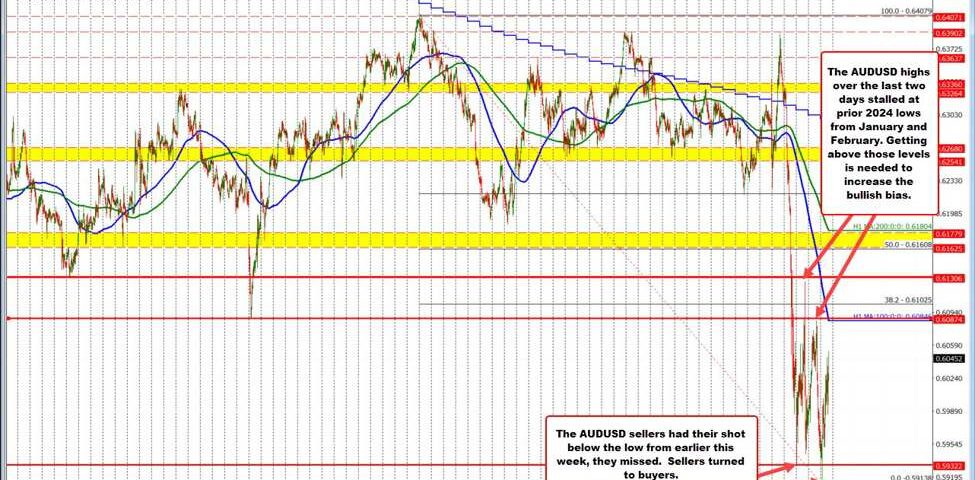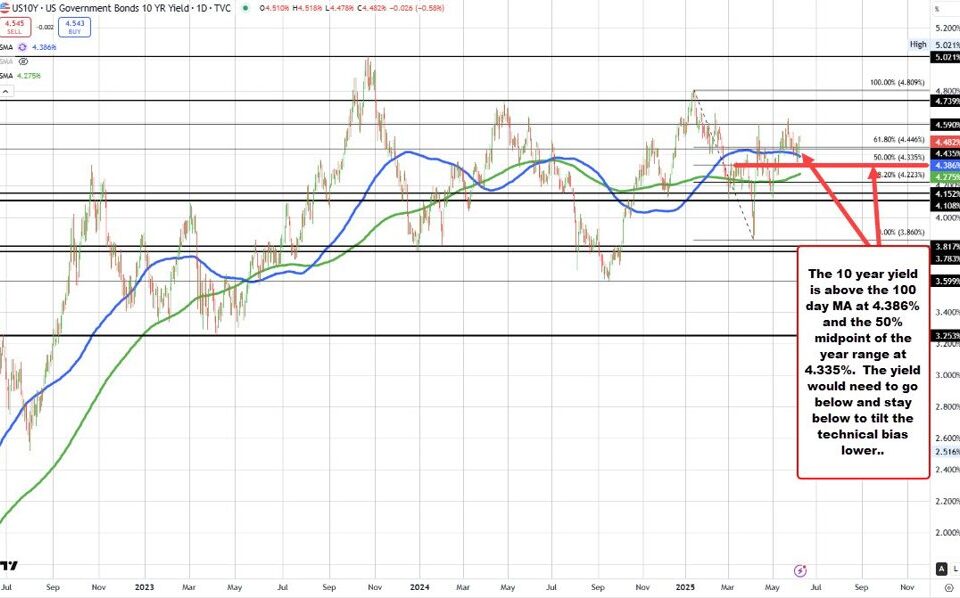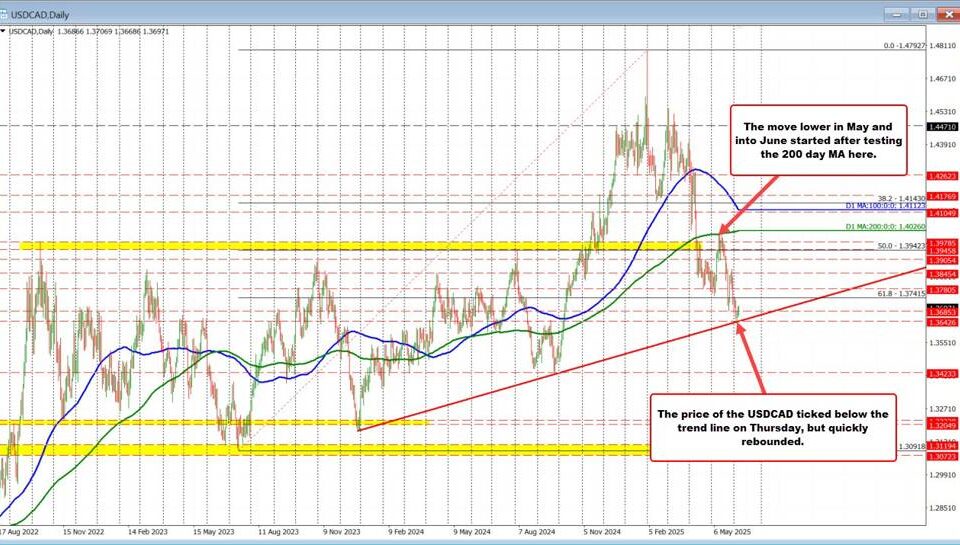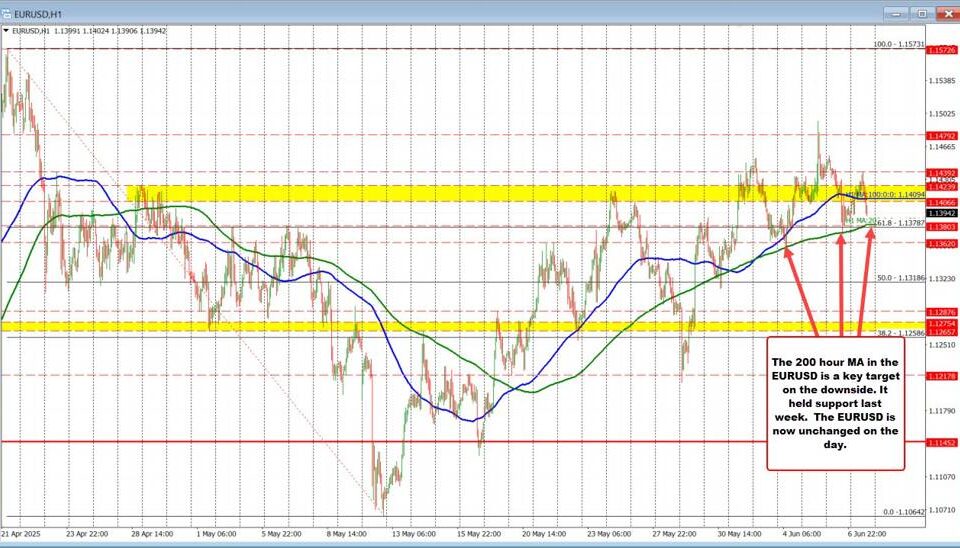
The Business Backlash: How Trump’s Tariff Policies Impact Corporate America
Tháng 4 9, 2025U.S. Wholesale Sales Soar 2.4% in February 2025: What It Means for the Economy
Tháng 4 9, 2025Recent Developments in the AUD/USD Exchange Rate
The AUD/USD exchange rate has experienced a notable rebound, climbing to approximately 0.6100 after touching lows near 0.5930, a level not seen since March 2020. This resurgence is largely attributed to buyers stepping in following a failed attempt to drive the rate lower. As a result, this movement reflects a complex interplay of market dynamics influenced by economic indicators, technical analysis, and ongoing geopolitical factors.
Factors Contributing to the Rebound
One of the significant drivers behind this recent uptick is the slight weakening of the US Dollar. Amid anticipations of potential trade talks, the dollar has experienced a reduction in upward pressures, leading to more favorable conditions for other currencies, including the Australian Dollar. However, this rebound is not devoid of challenges. The enduring trade tensions between the United States and China continue to exert considerable pressure on the Australian Dollar due to Australia’s extensive economic ties with China, its largest trading partner. This situation highlights the importance of understanding the broader context, as discussed in the article about strategic moves by China and how they play into global economic stability here.
The Impact of Trade Tensions
The ramifications of these trade frictions are crucial for traders and investors monitoring the AUD/USD exchange rate. The Australian economy is particularly vulnerable to shifts in China’s economic landscape. Consequently, any escalation in trade disputes can trigger a decline in the Australian Dollar’s value. As uncertainty looms, market participants remain cautious, which reflects in the currency’s volatility. Additionally, investors looking to navigate these turbulent waters would benefit from being aware of common investment mistakes to avoid, as detailed in Barry Ritholtz’s insights here.
Technical Analysis Insights
From a technical standpoint, the AUD/USD currency pair presents a somewhat precarious situation. The market dynamics indicate that as long as the currency sustains a position below its 200-day Simple Moving Average (SMA), which sits near 0.6490, there exists a tangible risk for additional downside movements. Closely monitored support levels around 0.5930 will prove vital in determining the currency’s trajectory, alongside resistance points at 0.6163 and 0.6118. Attention to these technical levels will be crucial for traders navigating through the current market landscape.
RBA’s Monetary Policy Implications
Additionally, the Reserve Bank of Australia (RBA) has opted to maintain its current interest rate at 4.10%, signaling a cautious approach amid persisting economic uncertainties. The RBA’s positioning reflects a commitment to stability while navigating through challenging economic conditions. As domestic and global factors continue to swirl, traders will need to remain vigilant to any signs of shifts in the RBA’s monetary policy that could impact the Australian Dollar’s performance.
Conclusion
In summary, while recent movements in the AUD/USD exchange rate hint at a temporary uplift, a multitude of factors, including intense trade tensions and careful monetary policy decisions by the RBA, indicate uncertainties ahead. Buyers of the Australian Dollar are encouraged to approach the market with caution while keeping an eye on evolving economic indicators and geopolitical developments. The interplay between these factors will undeniably shape the Australian Dollar’s trajectory and influence trading strategies in the near future.
As the situation develops, stakeholders in the forex market must stay informed to adapt to fluctuations, ensuring strategic positioning regarding the AUD/USD exchange rate.




